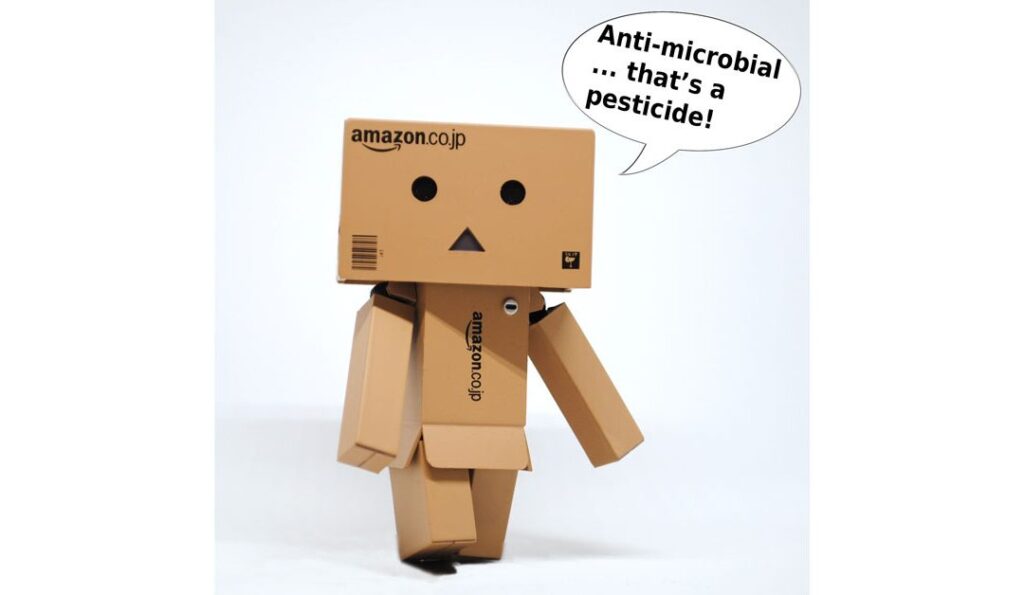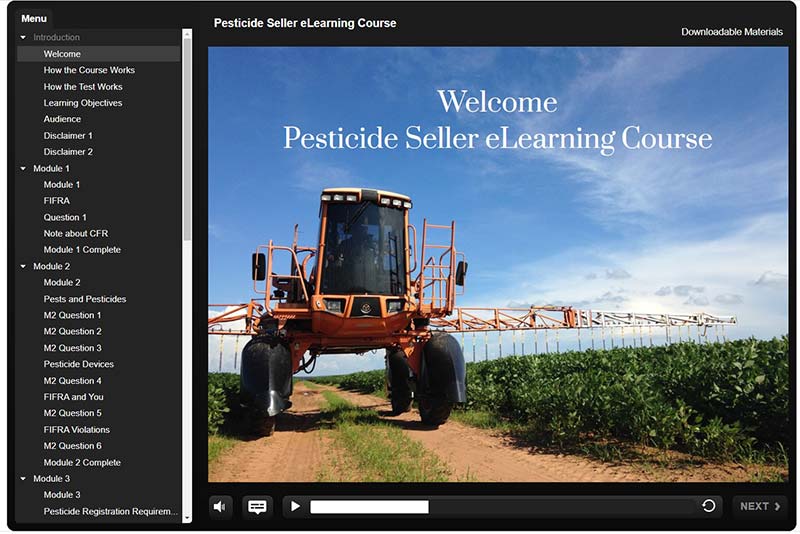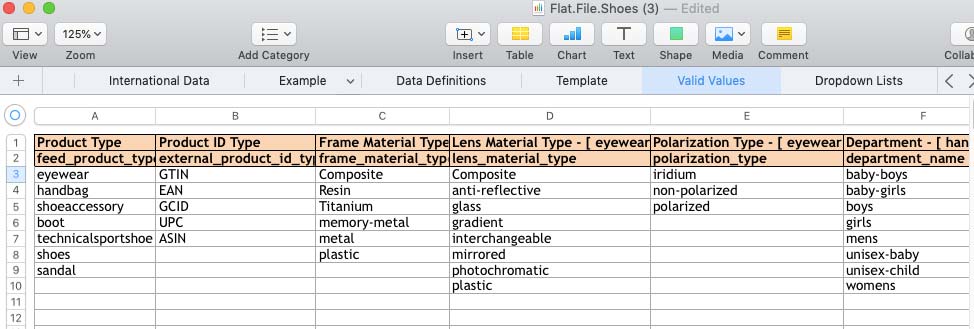Amazon and pesticides: a wave of erroneous blockages on the marketplace

In our last case study, we already talked about Amazon bots and the consequences of using them. In particular, we were talking about blocking Amazon accounts due to data switching. Today we are going to deal with another situation where Amazon’s artificial intelligence has once again excelled and it ended in a massive blocking of “innocent” listings.
As you have probably already understood from the title, we will talk about blocking listings due to suspected pesticide sales. In this article, we will look at the reasons for blocking and how to prevent it, as well as some of the peculiarities of how Amazon bots work.
Let’s begin, of course, with a look at the reasons for the mass blocking of listings.
The beginning of the pesticide story on amazon
Now back in 2018, the U.S. Environmental Protection Agency (EPA) accused Amazon of 4,000 violations of the Federal Insecticide, Fungicide and Rodenticide Act (FIFRA). Amazon was guilty of allowing the marketplace to sell these products uncontrolled (without a license).
And while Amazon usually denies and successfully fights off such accusations by saying that it is the fault of third-party sellers and that Amazon is just a marketplace for selling products, in this case it followed a different scenario. Marketplace management agreed to the charges and signed an agreement with the EPA, agreeing to clean up the sale of pesticides and pay the agency a $1.2 million fine.
The fight with Amazon to clear the U.S. market of illegal pesticide imports has been going on since 2013, but in 2018 it has already gained momentum. The EPA repeatedly caught the marketplace selling illegal chemicals by making controlled purchases. But the last straw was chalk pesticides, which were designed to create a barrier to insects entering the home. They were sold in brightly colored packages and could be mistaken by children for ordinary drawing or even candy.
And now the most interesting part. In the press release for the EPA agreement, Amazon management stated that they had “created a robust compliance program consisting of a sophisticated computerized verification system supported by numerous trained personnel“.
How an “antibacterial” product came to be considered a pesticide
So, according to Amazon’s announcement, in late 2018 or early 2019, a certain bot was also created to check listings for illegal pesticides. This event marked the beginning of a new era that Amazon entrepreneurs have called Pesticide Crackdown.
Thousands of listings with goods that did not even remotely resemble pesticides fell under the “distribution” of brainless (and unemotional) bot: bed sheets, bamboo cutting boards, sports socks, and even biology books were among them.
The point is that Amazon programmed its bot against specific phrases, but the system’s artificial intelligence did not discern the context. But the most unpleasant thing is that “suspicious” listings are simply blocked, with no way to make corrections to them from the SellerCentale backend. Sellers simply have to wait for support to respond (pay for the product in Amazon’s warehouse) and manual verification of listings and the ability to prove that their product is not a pesticide.

Memes began to appear on the Internet about Amazon’s fight against pesticides on its site, but those who got “handed out” by the bot were not laughing at all.
Pesticides on amazon: a new reality
Under the new rules, only U.S. resident sellers are allowed to sell pesticides. Such sellers were asked to take special online courses and pass a one-time test. Only after successfully passing the test, sellers get access to their listings.
According to Amazon, the purpose of these courses is “to help sellers understand their ‘obligation’ to settle with the EPA as a seller of pesticides and insect repellent devices.“

U.S. resident sellers go to a special online course launched by Amazon on handling pesticide products. Only by completing the courses and successfully passing the exam, sellers are allowed to work with their listings.
What to pay attention when launching new products
As mentioned above, the Amazon bot targets certain words and phrases. Therefore, the following words, phrases, and abbreviations should be avoided when creating and editing listings:
- Anti-microbial
- Anti-bacterial
- Anti-fungal
- Antimicrobial
- Antifungal
- Antibacterial
- Insecticide
- Pesticide
- Insect
- Pest
- Safe
- Non-poisonous
- Non-injurious
- Harmless
- Non-toxic
- All natural
- Repellent
- Repelling
- Repel
- Antiseptic
- Germ
- CBD
- Compliance
It is better to replace such words with their synonyms. Your product may be considered a pesticide by Amazon bots if it has the following properties:
- Capable of repelling, destroying, killing pests;
- Has antifungal, antimicrobial, antibacterial, or pesticidal properties, such as disinfecting;
- The listing indirectly implies an action aimed at pest control;
- The listing makes a comparison with pesticides;
- There is a picture of pests on the product’s packaging.

An example of a special flat-file that can be used to update a listing blocked because of suspected pesticide sales.
If your product is NOT a pesticide and it is blocked
If your product was mistakenly found to be a pesticide, you need to remove the words listed in the previous paragraph from the listing. But if you do not have the ability to traditionally edit the listing content (via the Amazon Seller Central backend), you have three options to proceed:
1. Contact Amazon support and create a ticket stating the ASIN of the product and that it has been misidentified as a pesticide. In our challenging COVID times, you may have to wait a long time for help, but sooner or later support will respond.
2. To update your listing with a flat-file is a special file that contains a table with fields, each of which corresponds to a specific field in the listing. For each category flat-file contains a different set of fields, so first you need to download the file for your category, make changes in those fields where there were “forbidden” words. After that, you need to download the file to Inventory, but select the option to partially update the listing. Working with such files is described in detail in this section of the Amazon help.
3. You can ask for help from the experts.
Conclusions
You can stay mad at Amazon and its seller policies for as long as you want. But as soon as one of the U.S. federal agencies pushes the marketplace to the wall, it entails a game changer for third-party sellers. That is what happened with taxes, that is what happened with pesticides, and similar situations will happen again. You have to accept these rules of the game and keep building your business.
On the other hand, the situation has greatly reduced competition in the pesticide marketplace. Now is the right time to open a company in the US, get EPA approval to sell pesticides, and skim cream of the solidly emptied market.